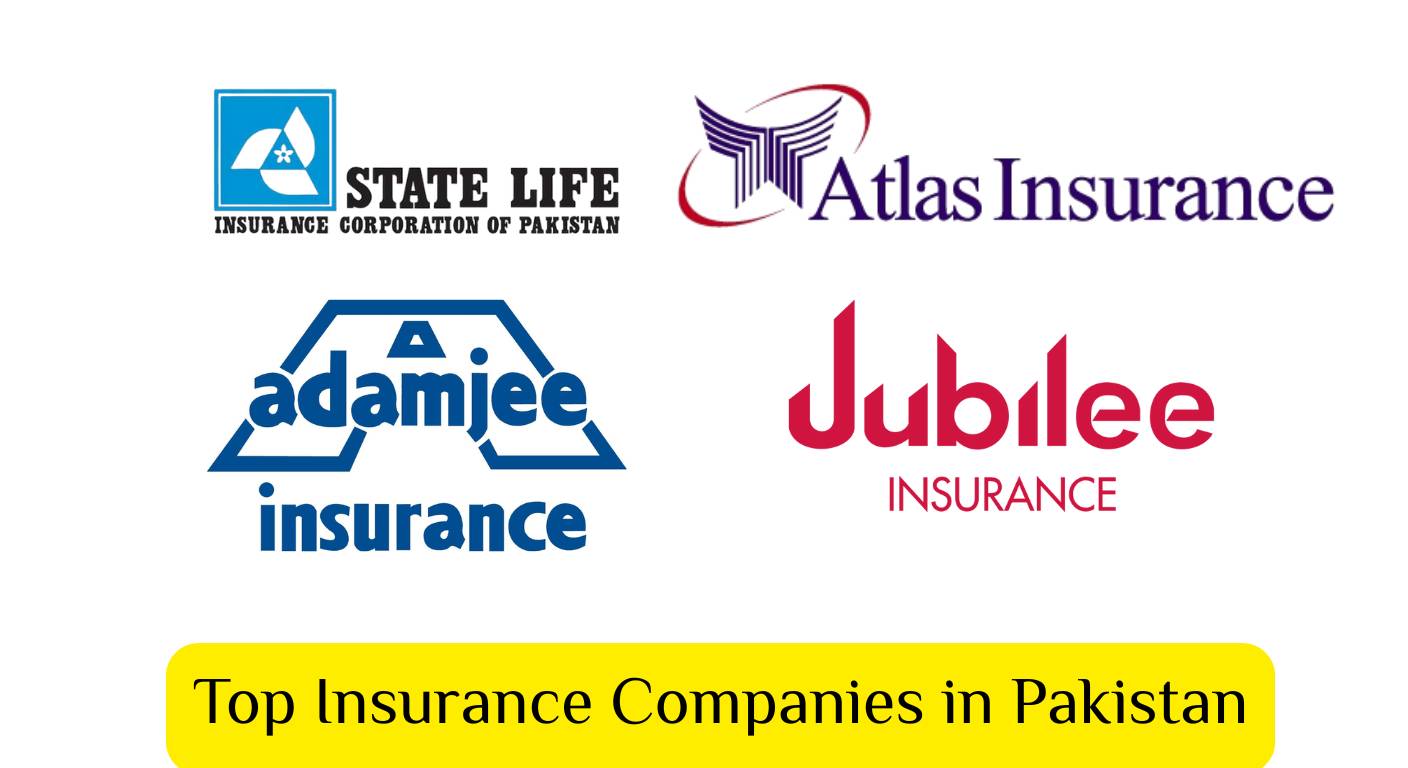In 2025, Pakistan’s insurance industry continues to grow, showing promising gains in profits, new technology initiatives, and rising consumer demand. Below is a summary of the current scene, the top players, strengths, challenges, and what to expect ahead.
Industry Snapshot
- In 2024, the total assets of Pakistan’s insurance sector rose to Rs 3.5 trillion, up from Rs 2.9 trillion in 2023.
- Gross premiums increased by about 7% year-on-year, reaching Rs 677 billion. Both life and takaful trends are driving the growth.
- The non-life (general insurance) sector posted a 35% profit growth in 2024. Net premiums rose by 25%, and underwriting profits jumped strongly.
Top Insurance Companies in Pakistan
Here are several leading insurance companies that stand out for their size, performance, and reputations:
| Company | Why It’s Important |
|---|---|
| State Life Insurance Corporation (State Life) | The largest state-owned life and health insurer in Pakistan. It dominates the life insurance sector by scale and coverage. |
| Jubilee Life Insurance | A major private life insurer. Jubilee Life was the only insurance company to win the Top 25 Companies Award by Pakistan Stock Exchange, recognized for its strong financial performance, CSR, and sustainability work. |
| Adamjee Insurance | A key player in general insurance. It reported strong turnaround in 2024, returning to underwriting profitability, reducing claims ratio, and growing investment income. |
| Atlas Insurance | Did very well in 2024 among non-life players, with a high rise in profits driven mainly by investment income growth. |
| United Insurance Company (UNIC) | Posted more than 100% profit growth in 2024, boosted by underwriting and investment gains. |
| EFU Insurance | One of the oldest insurance groups in Pakistan, operating in both life and general insurance. It remains trusted by many customers. |
Other Important Facts
- By 2023, the life insurance sector accounted for around 64% of total gross premiums, while the non-life sector made up the remaining 36%.
- Takaful (Islamic insurance) is expanding fast. In 2024, family takaful contributions increased by 37%, and general takaful by 24%. This shows growing interest among customers for Shariah-compliant products.
Regulatory & Technology Trends
- SECP has set goals in its five-year plan: increase insured population to 15 million people, and raise total insurance premiums to Rs 1.3 trillion by 2028.
- The Competition Commission of Pakistan (CCP) noted that Pakistan’s insurance penetration is low—below 1% of GDP, significantly less than India or China. CCP is pushing for reforms to improve competition, reduce barriers, and broaden reach.
- Digitisation is seen as essential. Many companies are adopting digital channels for selling policies, processing claims, onboarding customers. SECP is encouraging this shift.
Strengths & Performance Highlights
- Excellent profit growth among listed general insurance firms: underwriting profits surged; investment incomes improved significantly.
- Strong performance by top non-life firms: United, Atlas, EFU, Adamjee, Jubilee, etc., forming the bulk of sector profitability.
- Recognition and trust: Jubilee Life’s repeated awards and State Life’s market leadership reflect customer confidence.
Challenges Facing the Sector
- Low insurance penetration: Fewer than 1 out of every 100 in terms of GDP. Far lower than regional peers. Many people still uninsured or unaware.
- Awareness and trust: Some public forum discussions show hesitation. For example, users say car insurance claims and policy benefits are hard to access, or avoid insurance with saving or investment components because returns often don’t beat inflation.
- Regulatory and cost pressures: Inflation, interest rates, and investment markets influence profitability heavily. Claims inflation and cost of operations remain concerns.
- Technology gap: While many firms are going digital, smaller or newer companies lag behind in digital presence and systems.
What to Watch Going Forward
- Will more people shift toward takaful, especially as demand for religiously acceptable insurance grows?
- How effectively will SECP’s plan for 2028 work out—can industry reach Rs 1.3 trillion premiums and 15 million policyholders?
- Will digital transformation speed up, making insurance easier to buy and claims easier to settle?
- Can companies reduce costs and improve profitability under rising macroeconomic pressures (inflation, interest, currency changes)?
- Will reform efforts by regulators (CCP, SECP) lead to more competition, lower barriers, and better consumer protections?
Conclusion
Pakistan’s insurance industry in 2025 is showing strong signs of growth. The life insurance sector remains the larger part of the market, while non-life companies are earning substantial profits thanks to better underwriting and investment income. Leading companies like State Life, Jubilee Life, Adamjee, Atlas, United, and EFU are at the forefront.
Still, broad goals like expanding insurance coverage, increasing penetration rates, building customer trust, and modernising tech systems remain big tasks ahead. If regulatory bodies, companies, and consumers work together, the industry could achieve meaningful progress in the coming years.

